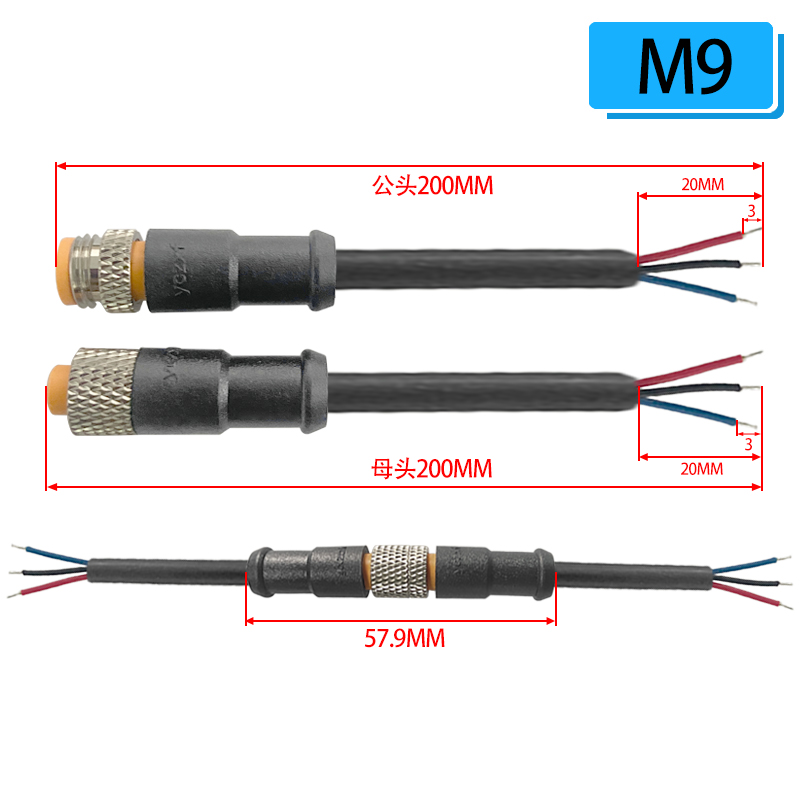1. Introduction
With rapid advancements in IoT, brain-computer interfaces, and space exploration, the demand for waterproof connectors is expanding from industrial equipment to extreme scenarios such as human implants, deep-sea robots, and interstellar probes. Traditional rubber seals and plastic encapsulation will become inadequate, necessitating connectors that integrate biotechnology, quantum engineering, and AI-adaptive systems to redefine the boundaries of "waterproofing" by 2050.
2. Sci-Fi Level Technology Predictions
2.1 Biohybrid Waterproofing: Living Material Coatings
Biomimetic cell membrane structures: Artificial cell membrane coatings designed through synthetic biology could dynamically regulate permeability like fish skin, being waterproof while allowing specific molecules (e.g., heat-dissipating vapor) to pass through.
Biological self-repair: Embedded microorganisms or protein networks could automatically secrete repair substances (similar to human blood clotting mechanisms) after damage.
2.2 Quantum Waterproof Barriers
Atomic-level sealing: Utilizing quantum tunneling effects to inhibit water molecule penetration, forming a single-atom protective layer (similar to graphene but without physical gaps).
Field-effect waterproofing: Actively repelling water molecules through electromagnetic or acoustic fields to achieve "contactless waterproofing" (akin to sci-fi force fields).
2.3 Programmable Smart Materials
Phase-change adaptation: Materials automatically switching from hydrophobic to superhydrophobic states in humid environments (similar to shape-memory alloys).
AI real-time optimization: Embedded micro-sensors combined with AI algorithms dynamically adjust waterproofing strategies based on environmental salinity, pressure, and other parameters.
3. Potential Application Scenarios
3.1 Human Implant Electronics
Brain-computer interfaces or nanorobot connectors requiring long-term resistance to bodily fluids, where biocompatible self-healing materials become crucial.
3.2 Deep-Sea and Extraterrestrial Exploration
Mariana Trench-grade pressure-resistant connectors (>1000 atmospheres) combining quantum waterproofing to prevent high-pressure water penetration.
Self-cleaning solar connectors for Martian dust storm environments.
3.3 Energy Internet
"Never-corrode" connectors for underwater wireless charging stations, utilizing seawater electrolysis to autonomously generate protective films.
4. Technological Challenges and Ethical Considerations
Energy supply: Quantum waterproofing or force field technologies may require high energy input, necessitating breakthroughs in micro nuclear batteries or ambient energy harvesting.
Ecological risks: Microorganisms in bioactive coatings could escape into natural environments, requiring genetic lock designs.
Militarization concerns: Ultra-strong waterproof technologies could be weaponized for underwater military AI, prompting international regulation issues.
5. Conclusion
By 2050, waterproof connectors may blur the line between "materials" and "machines," becoming part of environmentally interactive intelligent systems. While some concepts remain in the realm of science fiction, current progress in nanotechnology, quantum computing, and synthetic biology is laying the groundwork. Future research will require interdisciplinary collaboration alongside early development of ethical frameworks for these technologies.



